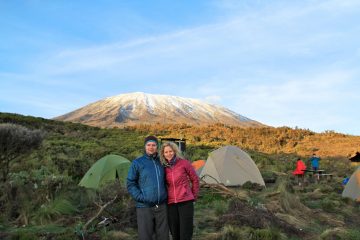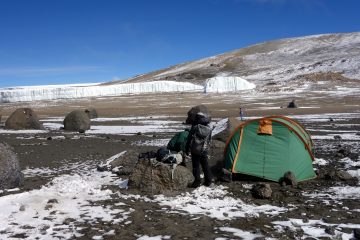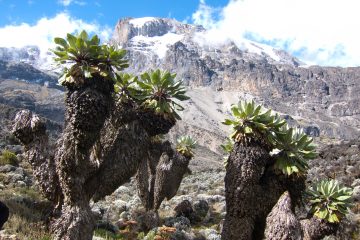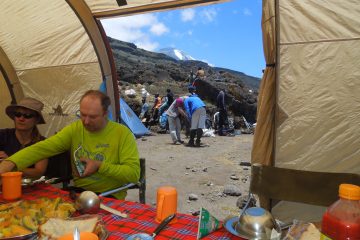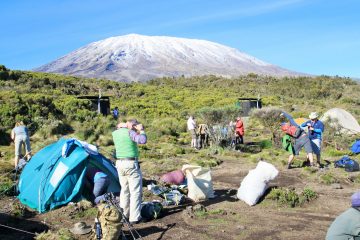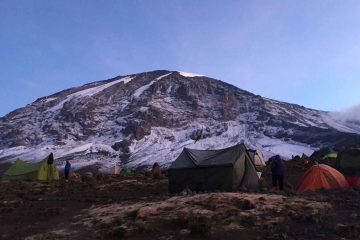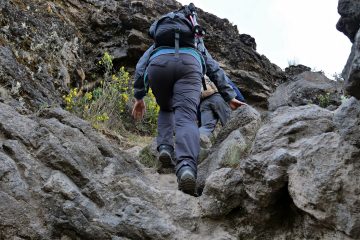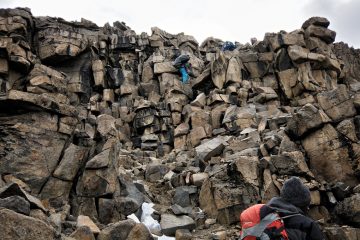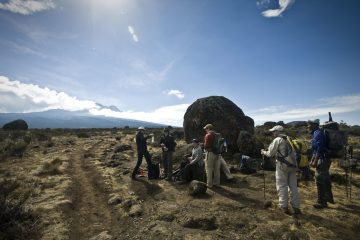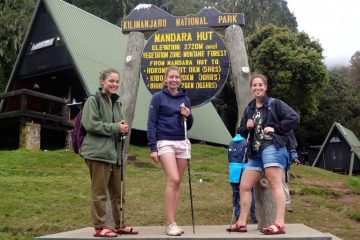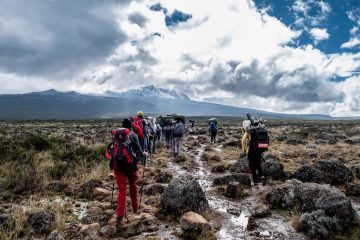When climbing Kilimanjaro, altitude sickness, also known as acute mountain sickness (AMS), can be a serious problem. Simply said, this is due to the extreme altitude climbers must endure to reach the summit, at Uhuru peak. Due to the devastating effects of altitude sickness, hundreds of trekkers are forced to return each year.
Not all trekkers experience acute mountain sickness; many also frequently have HAPE or HACE. If not addressed, these two conditions can potentially be fatal.
Therefore, it’s crucial that you comprehend the dangers, signs, drugs, and treatments associated with altitude sickness before climbing Kilimanjaro. Kilimanjaro’s elevation shouldn’t be taken lightly. You must successfully acclimatize if you want to climb the mountain.
What is Altitude Sickness?
Altitude sickness, also called Acute Mountain Sickness (AMS), also known as Soroche or hypobaropathy is a form of Sickness caused by reduced atmospheric pressure as a result of altitude sickness.
What causes Altitude Sickness or Acute Mountain Sickness (AMS)
Exposing yourself to high elevations and high altitudes of about 2400 meters and above and lacking proper acclimatization causes Altitude Sickness. Since Mount Kilimanjaro measures a staggering 5,895meters above sea level, this is way above the standard elevation of 2400 meters which would result in physical distress causing difficulty in adjusting to lower oxygen pressure.
At these high altitudes of the Majestic Mount Kilimanjaro, the air becomes less compressed and is, therefore, thinner causing Altitude Sickness, making it lesser than what you are normally used to breathing in, something can only be compared to ‘working with only one lung’.
Altitude Sickness (AMS) can be severe at times as it makes your body weak, even though if your condition worsens there is a possibility of air evacuation or descending the mountain when necessary.
Who is at risk of Altitude Sickness?
Fitter people are at lesser risk of having Altitude Sickness symptoms but it is not easy to predict who can and cannot experience symptoms of Altitude Sickness. Fit people’s cardiovascular systems can withstand longer periods on low pressures that come with higher altitudes without much strain. Altitudes above 3500 meters, however, can cause altitude sickness often no matter how fit you may be especially if you are not familiar with hiking in environments with low atmospheric pressures.
Best way to How to minimise your chances of Altitude Sickness on Mount Kilimanjaro’s high altitudes
Keeping fit and doing exercise on high altitudes before climbing Mount Kilimanjaro is a great way to familiarize with high elevations in order to minimize Altitude sickness.






